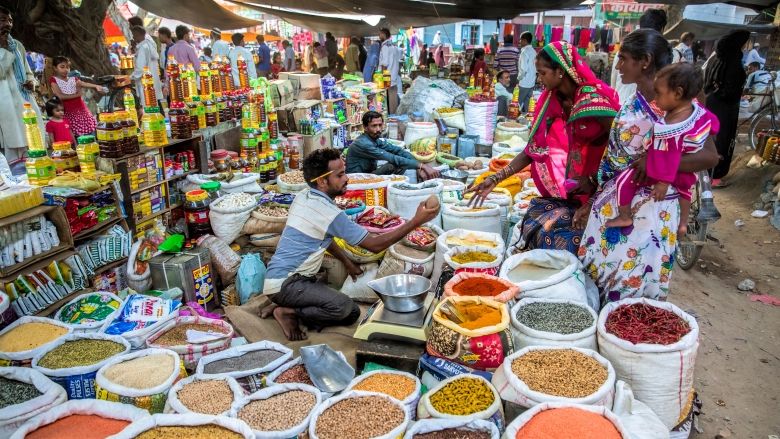Protecting the poor from a rise in food prices remains a global policy priority. Indian households spend 45% of their income on food and many poor households rely on government subsidized grains for core cereal intake. Thus, programs to mitigate losses from food price shocks are an important part of India’s social protection system.
India’s food subsidy program continues to be one of the largest in the world. In 2017, the government spent some $16 billion dollars on the program, or almost 1 percent of GDP. Viewed from the perspective of public administration and state capability, what can the history of the PDS teach us about social protection and subsidy reform in India?
First, the PDS tells us that large scale “turn-around” of leaky programs, even in poor states is possible. Thirteen years ago, the PDS data on coverage and leakage exposed alarming inefficiencies. In 2005, only three out of ten of India’s poorest households bought grains from fair price shops, while more than half the grains failed to reach intended beneficiaries. Policy makers were pessimistic about the program’s future, reform seemed impossible, a Herculean challenge. Today, after concerted efforts from civil society, administrators, politicians and the judiciary, many states have seen improvements in the PDS. The program is reaching many more of India’s poor, and the diversion of food-grains has reduced.
The numbers tell the story. In 2004-05, just 22.4% of Indian households reported buying food grains from fair price shops. This doubled to 44.5% in 2011-12, the highest since 1997, when the targeted PDS was introduced. Following the implementation of the National Food Security Act’s in 2016, coverage has further expanded. Administrative data for 2016, shows that 74% of Indian households possess a ration card; in 2012, nearly six out of ten poor households purchased grains from the PDS. All told, these improvements protected poor households from food price increases, and alleviated poverty during times of drought and high food inflation. While all-India decline in leakage has been moderate – going from - 58% in 2004/05 to 43% in 2012—the reductions in leakages were particularly strong in the low-income states with historically weak administrative capabilities of Bihar, Odisha, Jharkhand and Chhattisgarh. Micro-surveys in select low income states conducted in 2016 and 2017 found that citizens received nearly 90% of the subsidized grains to which they were entitled.

